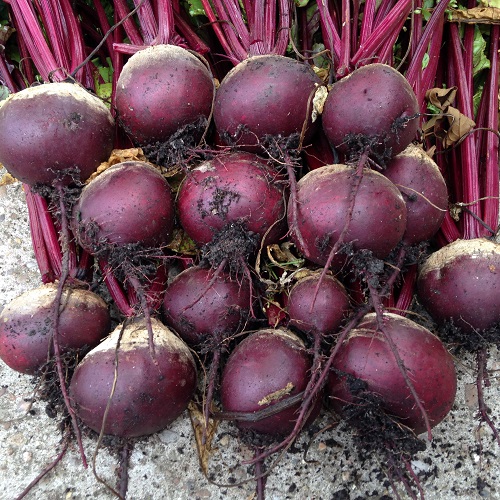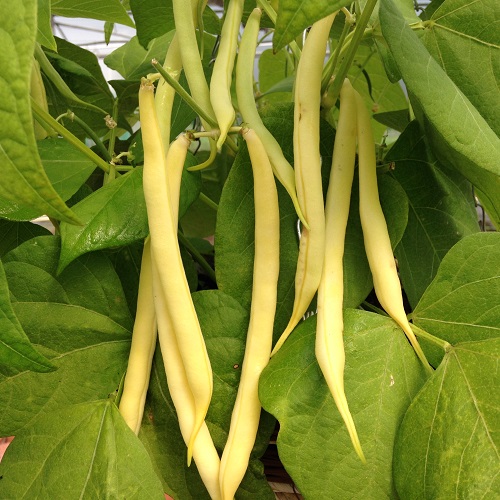Customer Reviews
Asparagus Pea
Write a Review and share your opinions!
21 January 2022
I have grown these now for two seasons and found them to be very enjoyable and easy to grow, though beware as slugs and snails love them as well and last year i ended up losing most of the crop to them.
Customers who bought this item also bought:
Beetroot Boltardy£0.99
£0.79
Beetroot Boltardy is the most popular variety for early and.....
Average Contents : 350 seeds
French Bean Sunshine
£1.49
Sunshine is a bright yellow podded climbing bean, that produces high.....
Average Contents: 40 Seeds.


